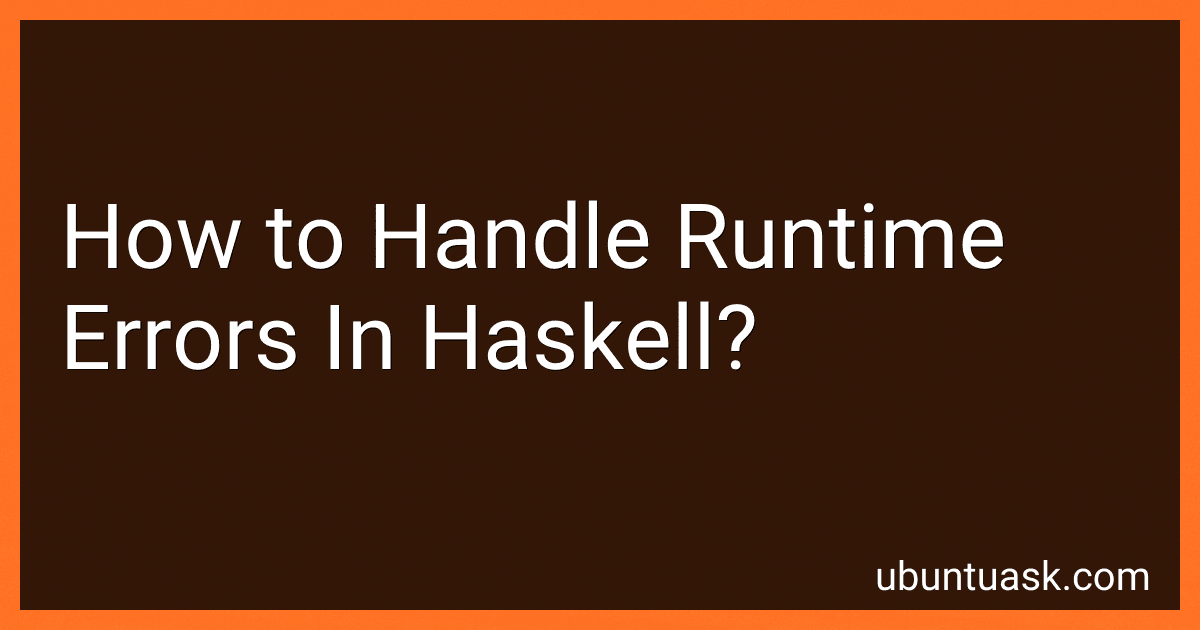Best Resources for Haskell Error Handling to Buy in December 2025
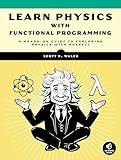
Learn Physics with Functional Programming: A Hands-on Guide to Exploring Physics with Haskell


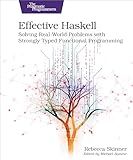
Effective Haskell: Solving Real-World Problems with Strongly Typed Functional Programming


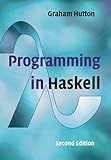
Programming in Haskell


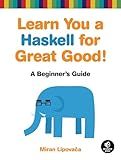
Learn You a Haskell for Great Good!: A Beginner's Guide
- HIGH-QUALITY USED BOOKS AT AFFORDABLE PRICES.
- THOROUGHLY INSPECTED FOR QUALITY AND RELIABILITY.
- SUSTAINABLE OPTION-REDUCE WASTE AND SAVE TREES!


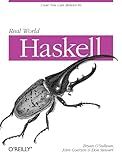
Real World Haskell
- AFFORDABLE PRICES: SAVE MONEY WITH QUALITY USED BOOKS!
- ECO-FRIENDLY CHOICE: REDUCE WASTE BY BUYING GENTLY USED BOOKS.
- GREAT SELECTION: FIND HIDDEN GEMS AND CLASSICS IN OUR COLLECTION.


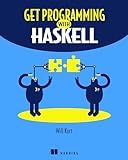
Get Programming with Haskell


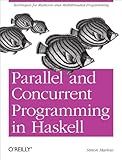
Parallel and Concurrent Programming in Haskell: Techniques for Multicore and Multithreaded Programming


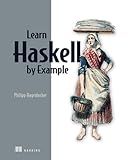
Learn Haskell by Example (Bookcamp)



Thinking Functionally with Haskell


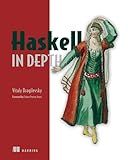
Haskell in Depth


When it comes to handling runtime errors in Haskell, there are a few approaches you can take. Haskell is known for its strong static type system, which helps eliminate many common runtime errors. However, there are still scenarios where errors can occur, such as division by zero or accessing elements from an empty list. Here are some strategies to handle such errors:
- Using Maybe: One common approach is to use the Maybe type to represent whether a value is present or not. Functions return Just x when there is a valid result, and Nothing when an error occurs. This allows you to handle errors explicitly by pattern matching on the Maybe value and making decisions accordingly.
- Using Either: Another approach is to use the Either type, which allows you to return either a value or an error message. By convention, the Left constructor is used to represent errors, while the Right constructor is used for successful results. This enables you to handle errors by pattern matching on the result and taking appropriate actions.
- Using exceptions: Haskell also supports throwing and catching exceptions through the Control.Exception module. You can use the throw function to raise an exception and the catch function to handle it. However, exceptions should be used sparingly, as they can disrupt pure functional code and introduce impurities.
- Implementing custom error types: In more complex scenarios, you may want to define your own custom types to represent specific error cases. By creating a separate algebraic data type to capture different error scenarios, you can tailor error handling to your specific application.
Overall, the key in Haskell is to handle errors explicitly and gracefully, using the type system and appropriate constructs to communicate and handle error conditions. Haskell's focus on immutability and pure functions helps reduce the likelihood of runtime errors, but it's still important to handle them effectively when they do occur.
What is the difference between catching specific exceptions and catching all exceptions?
Catching specific exceptions and catching all exceptions are two different approaches in exception handling:
- Catching specific exceptions: In this approach, the code is enclosed within try-catch blocks that catch specific exceptions. These specific exceptions are known to be potentially thrown by the code within the try block. By catching specific exceptions, the developer can handle those exceptions in a customized way, providing specific error messages or taking specific actions depending on the exception type. This approach allows for more fine-grained control over exception handling.
- Catching all exceptions: In this approach, a catch block is used to catch all types of exceptions. This is achieved by catching the parent class of all exceptions, typically the "Exception" class in most programming languages. When catching all exceptions, the code within the catch block is executed irrespective of the specific type of exception that occurred. This approach is useful when a generic error handling strategy is sufficient and the developer does not require detailed information about the specific exceptions. However, it can also make it harder to debug and identify the root cause of exceptions as all exceptions are treated the same way.
In summary, catching specific exceptions allows for a more granular and customized handling of different exception types, whereas catching all exceptions provides a generic approach but may lack specific handling for different exception scenarios.
How are runtime errors different from compile-time errors?
Runtime errors occur during the execution of a program, whereas compile-time errors occur during the compilation or translation phase of a program.
Compile-time errors are detected by the compiler and prevent the program from being successfully compiled. These errors usually occur due to syntactical mistakes, such as missing semicolons, undeclared variables, or incorrect function calls. When a compile-time error occurs, it means that the code cannot be translated into executable machine code, and the program cannot be run until the error is fixed.
On the other hand, runtime errors occur while the program is running or being executed. These errors can occur even if the code compiles without any errors. Runtime errors are often caused by logical or semantic errors, such as dividing a number by zero, accessing an invalid memory location, or trying to perform an operation on incompatible data types. When a runtime error occurs, it interrupts the normal execution of the program, causing it to terminate or produce unexpected results.
In summary, compile-time errors are detected during the compilation process and prevent the program from being compiled, while runtime errors occur during program execution and can interrupt the program's normal flow.
What are some common techniques to handle index out of bounds errors in Haskell?
There are several common techniques to handle index out of bounds errors in Haskell:
- Using the Maybe type: One approach is to use the Maybe type, which represents a value that may or may not exist. Instead of throwing an error when an index is out of bounds, you can return Nothing. This way, the function that retrieves a value from a list can return a Maybe value, indicating whether the index was in bounds or not. Example: safeIndex :: [a] -> Int -> Maybe a safeIndex [] _ = Nothing safeIndex (x:xs) 0 = Just x safeIndex (x:xs) n = safeIndex xs (n-1)
- Using Either type: Another approach is to use the Either type, which allows you to return either a value or an error message. Instead of throwing an error when an index is out of bounds, you can return an error message wrapped in Left. This way, you can explicitly handle the error case in the calling code. Example: safeIndex :: [a] -> Int -> Either String a safeIndex [] _ = Left "Index out of bounds" safeIndex (x:xs) 0 = Right x safeIndex (x:xs) n | n < 0 = Left "Index out of bounds" | otherwise = safeIndex xs (n-1)
- Using headMay and drop functions: Another option is to use the headMay function from the safe package, which returns the first element of a list as a Maybe value. You can combine this with the drop function to handle out of bounds errors. Example: import Safe (headMay) safeIndex :: [a] -> Int -> Maybe a safeIndex xs n = headMay (drop n xs)
These are just some common techniques for handling index out of bounds errors in Haskell. The best approach may depend on the specific requirements of your program and how you want to handle such errors.
